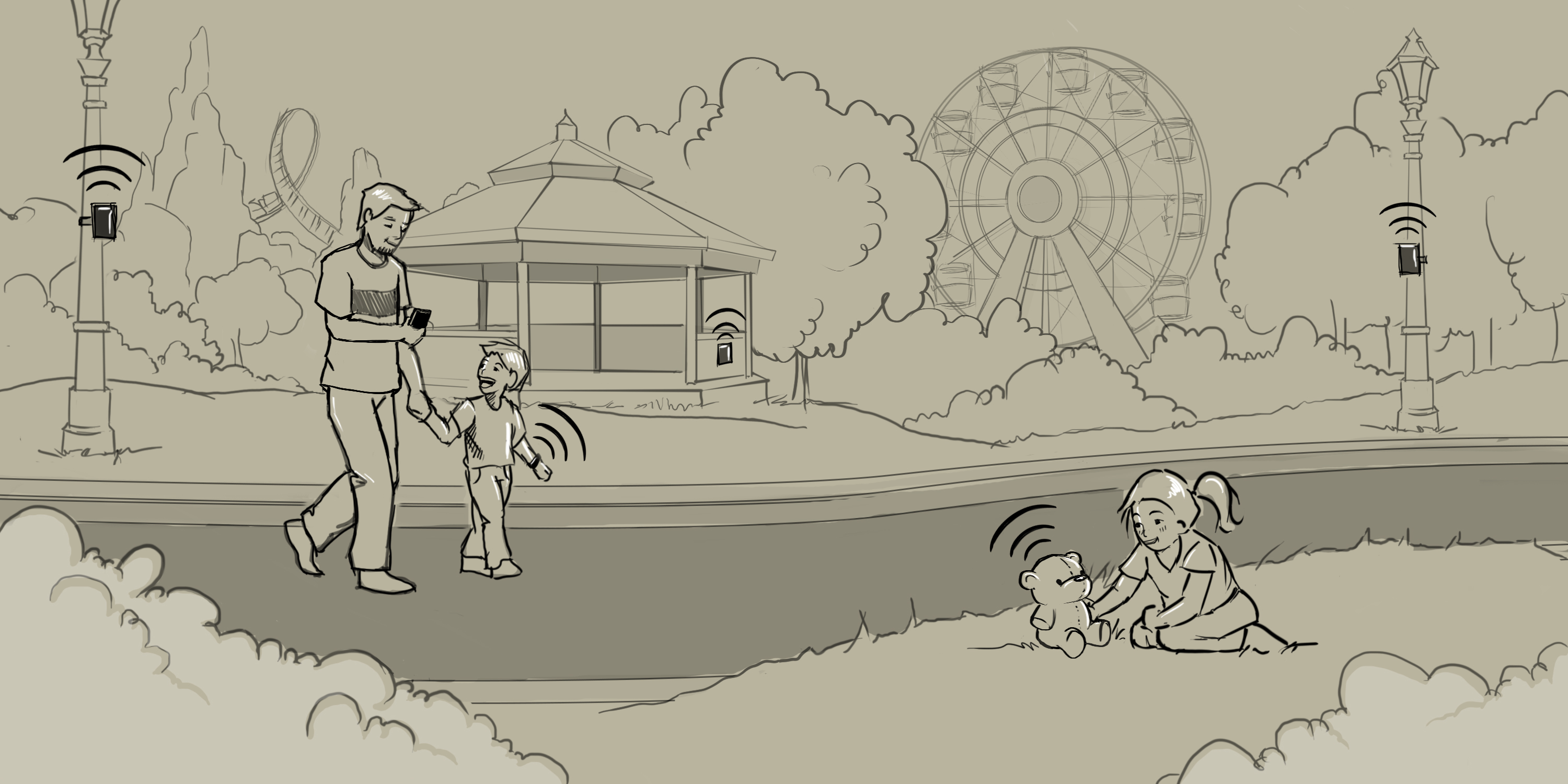Abstract

Bluetooth Low Energy (BLE) is a wireless personal area network technology designed to provide low-power connectivity to smartphones and wearable devices. To transmit bidirectional data, devices must first, discover each other and then start a pairing process. Usually, the pairing process requires manual intervention that might result in undesirable user experiences. If security and privacy requirements allow, communication sessions could be limited to the advertisement channels only, without pairing the devices. Further, the use of only advertisement channels without pairing devices enables scenarios in which different radio systems can also join the communication. For example, the nRF24L01+ radio system can be programmed to communicate using the advertisement channels de fined by BLE. This is relevant because the nRF24L01+ radio system is a popular technology for the Internet- of-Things and for location- based services with wearable devices in smart cities. This paper evaluates a two-way communication protocol between the nRF24L01+ and BLE devices, using only advertisement frames. We show a practical protocol implementation and use an experimental testbed to evaluate its performance. The evaluation shows that it is possible to build a simple and reliable communication protocol that works in both directions.
Copyright Notice
The documents contained in these directories are included by the contributing authors as a means to ensure timely dissemination of scholarly and technical work on a non-commercial basis. Copyright and all rights therein are maintained by the authors or by other copyright holders, notwithstanding that they have offered their works here electronically. It is understood that all persons copying this information will adhere to the terms and constraints invoked by each author’s copyright. These works may not be reposted without the explicit permission of the copyright holder.